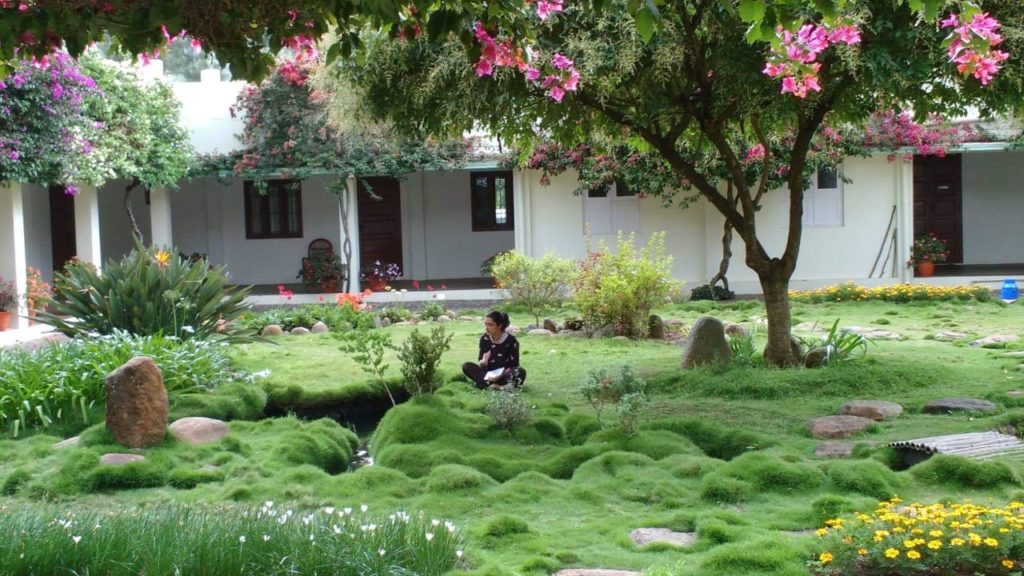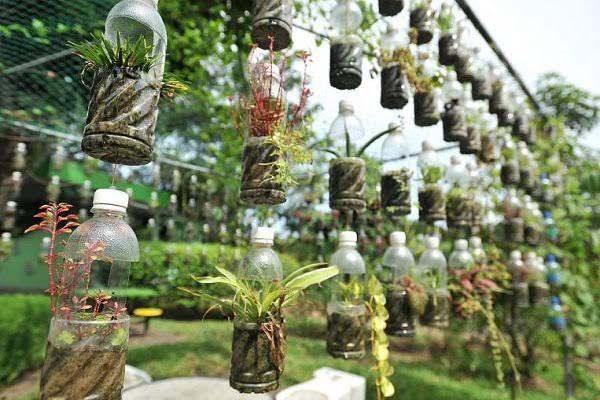Sustainable living refers to a lifestyle where an individual uses minimum natural resources. Similarly, sustainable development is a way of progress that involves meeting the needs of the present without causing a deficiency of resources for future generations. The aim of sustainable development is to create a lifestyle where our economic, social and environmental needs are balanced. Needless to say that sustainable living is the need of the hour, however only a few people are currently living that way. Our carbon footprint is increasing and resources are decreasing. Waste, pollution, scarcity of water, global warming, deforestation are the pressing realities of today. Our planet is ending because of the way we choose to live and we must understand and educate ourselves on how to stop this from happening.
Unfortunately, most of us believe that sustainable living is only possible if one is living in a first world country where the advanced technology to do so is available. That is completely untrue. Many people in India have devised ways to live extremely eco-friendly by making small changes in their daily lives. The rest of us want to help and protect the environment but do not know how or what can be done in our lives that could help in the bigger picture.
Snigdha Sehgal, 29 lives in Goa and is a teacher in an alternative school, she soon realized the need for change and the importance of living a lifestyle according to the changes taking place in the environment. She has changed little things in her daily life and also tries to educate her students on the importance of saving the environment and biodiversity in the world through her science classes and workshops.
Read our interview with Snigdha below :

1. Tell us about yourself
I am originally from New Delhi, but I have not lived there for the last five years. I have been teaching science in alternative schools in India and am currently teaching in a school in Goa. I teach the students about marine biodiversity and its conservation.
2. When did you realise the need to live sustainably and why did you start doing so?
When I first moved out of Delhi, I moved to an alternative school in the middle of the forest in Shola which is in the Western Ghats. The school was off the grid and was self sufficient to a very large extent. We were forced to deal with our own waste as well as the waste the world around us was generating. I learnt how to completely segregate my waste and adopt a zero waste lifestyle.
In the monsoon, the river near the school would flood, bringing with it all the waste from the surrounding cities, which the people living in the school had to confront.
3. What according to you are the biggest issues the planet is facing right now?
The biggest issue according to me right now is over consumption and the extreme lack of realisation by the people and the Governments. The Governments of the world are not providing enough incentives for people to start living sustainable lifestyles.
In India the biggest problem is plastic pollution, not knowing where exactly our waste is going and the amount of waste that is dumped into landfills.
As a country we need to go back to the ways of life followed in the 70’s. Our culture and lifestyle was sustainable because people had to live in harmony with nature. We are trying to ape the West because that’s what we think development looks like but we aren’t doing it smartly.
4. How do you incorporate environmentally friendly ways in your daily life?
At home, I try to live a zero waste lifestyle, I especially try to eliminate or recycle all plastic but I mostly try not to bring any plastic into my home.
The plastic containers that I do get, I recycle and use them to plant saplings.
I compost all food and biodegradable waste on my terrace.
I am careful and only use soil friendly soaps and cosmetics.
I minimise my sanitary waste by using cloth pads and trying to switch to a diva cup.
In school, I try to sensitise children about the fact that their actions have consequences on the environment. In my curriculum, I get them to do organic farming, segregation of waste and clean up drives. Films on the environment are part of normal classwork. Throughout the school different dustbins are placed for different kinds of waste.
5. What are the things people do that they are unaware of which harm the environment?
When the river flooded in Shola, most plastic that came down with the river was milk packets, sanitary napkins and single use plastics. If we can be especially mindful about these few things; a large part of our plastic waste would be reduced
6. What are the little things people can do to help the environment?
Firstly , the public can start putting pressure on government officials and render them responsible for the lack of action being taken by them for the betterment of the environment.
Secondly, educate yourself on good practices which countries all over the world are following.
The end goal for everyone should be eliminating all plastic, and we must start wherever we are and with whatever we can. Use eco-friendly alternatives and grow plants everywhere!
7. How do you think parents can encourage kids to connect with nature and live sustainably?
Take them out to parks instead of dinner, choose sustainable tourist options, watch documentaries about our planet at home, introduce them to eco-friendly options and most importantly be involved and participate.
Make an effort to look for and contact organisations that work for the environment in your city that you relate and connect with and join their activities to further your information and interest in saving the world around you..

